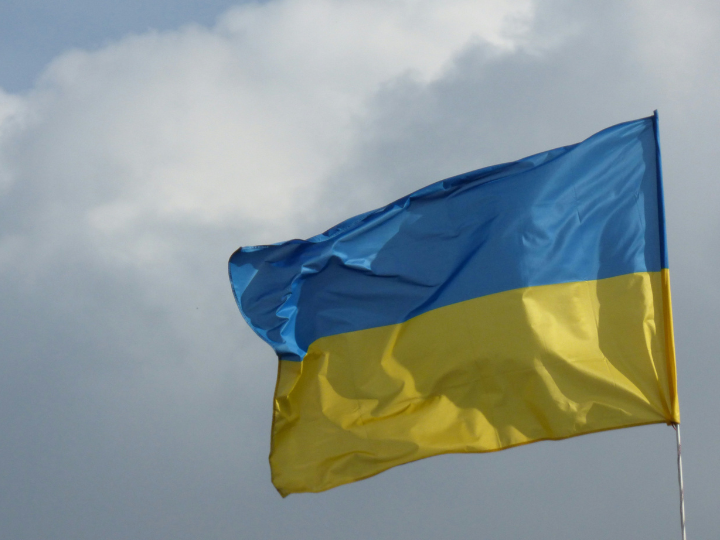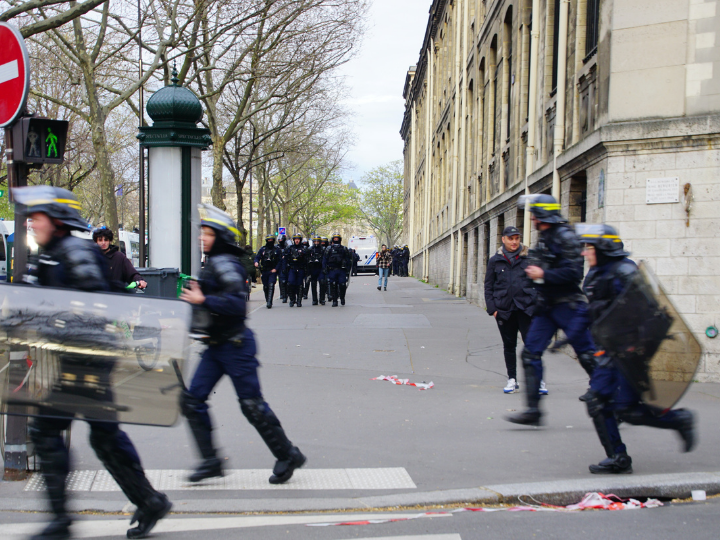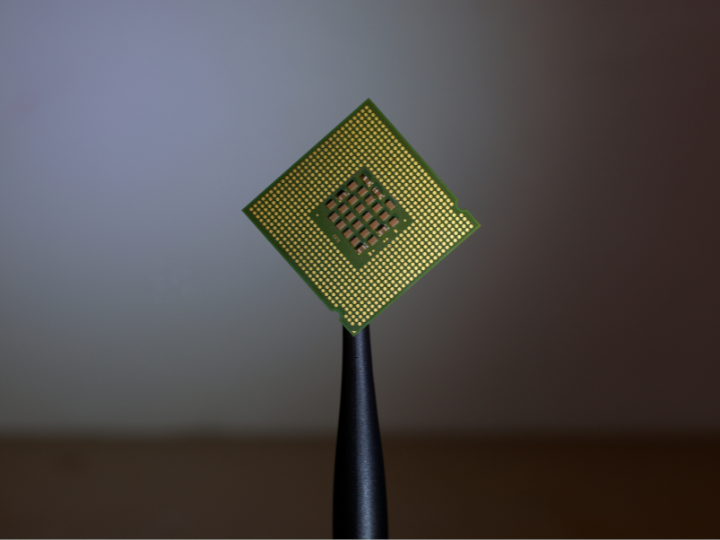by Eric Ciaramella
Ukraine is running out of money. Fixing that problem is a European strategic priority.
Since 2022, Kyiv’s allies and Moscow have waged an economic conflict in parallel to the one on the battlefield: one side has tried to keep Ukraine financially solvent, the other to bankrupt it. This contestation is entering a critical phase, as Russia seeks advantage from U.S. pullback and European indecision.
The International Monetary Fund (IMF) estimates that Ukraine will need at least $65 billion in external financing through the end of 2027, yet only a small portion of that amount is covered by existing commitments. The bill is likely to grow as the IMF’s projections assume that major hostilities will end by late 2026—a scenario that is, at present, hard to imagine. What’s more, these numbers do not include Ukraine’s military spending, estimated to be $120 billion per year during wartime, half of which is financed by the Ukrainian budget and the other half provided by partners.
The yawning gap stems largely from the fact that the United States, once Ukraine’s top single source of aid, has reduced its contributions almost to zero since U.S. President Donald Trump took office. The IMF and Ukraine are negotiating a new four-year rescue package worth $8 billion, but this is far short of what the country needs, even for next year. The IMF plans to use a new program to catalyze funding from other sources to cover the gap.
That’s why Russia’s sovereign assets are so important. At the start of Russia’s full-scale invasion, the G7 nations immobilized an estimated $300–330 billion in Russian sovereign assets. Upwards of $200 billion of these assets are sitting in Euroclear, a central securities depository located in Belgium; by now, most have matured into cash holdings.
As Russia is not legally entitled to the interest generated on the assets, Europe began transferring approximately $6 billion in windfall profits to Ukraine in 2024. The G7 devised a further $50 billion Extraordinary Revenue Acceleration (ERA) loan based on the expected future value of earned interest.
The bill to fund Ukraine keeps ballooning as the war drags on, however. European leaders are searching for a way to unlock all of the assets in Euroclear. A proposed “reparations loan” appears to have the greatest potential for success. In essence, EU member states would instruct Euroclear to loan the value of the assets to an account managed by the European Central Bank or a coalition of countries. After first repaying the $50 billion ERA loan, this account would loan the remainder to Ukraine. The loan would be repayable only if Russia pays reparations. In return, Euroclear would hold a promissory note equivalent to the value of the Russian assets. If other nations holding the remaining immobilized assets—Canada, France, Japan, Luxembourg, Switzerland, the United Kingdom, and the United States—were to join in the loan scheme, that would make a potential additional $100 billion or more available for Ukraine.
This baroque design is meant to leave Russia’s property rights untouched and avoid the legal jeopardy that could come with outright confiscation of the assets. Still, it is far from airtight. The assets held in Euroclear are immobilized under an EU directive that is renewed every six months by unanimous decision of all twenty-seven member states. If a single country votes against it, Euroclear will be on the hook to repay Russia the full amount within days.
As Euroclear’s home, Belgium worries that it will be liable for a massive bill if Russia gains the right to reclaim the assets or if the loan is overturned by a court. The European Commission argues that the risk of this scenario is low, but Belgian leaders disagree. They also worry about lawsuits Russia could bring under the two countries’ Bilateral Investment Treaty (BIT).
Belgian leaders have refused to sign off on the reparations loan until they secure legally binding guarantees that the rest of the EU will share these risks. First, they want guarantees that the EU will have the cash on hand to repay Euroclear at a moment’s notice in one of the aforementioned scenarios. Second, they want the rest of the EU to share in the potential legal costs or settlements stemming from any arbitration under the BIT. Third, Belgium wants the EU immobilization order converted from a six-month renewal to a freeze that can only be lifted if Russia pays reparations.
EU leaders have yet to devise a formula that minimally satisfies Belgium’s concerns. But they appear determined to find a solution by the time the European Council convenes again on December 19.
If their plan succeeds, European countries will be tempted to scale back their own national contributions to Ukraine. That would be a grave error. Within two years the full value of the immobilized assets could be exhausted, leaving Europe with no proper funds for Ukraine’s needs.
Instead, European leaders need a long-term funding strategy for Ukraine that mixes national contributions with regular disbursements from the reparations loan. Getting the military part of this loan right is especially important. Europe and Ukraine should design a detailed multiyear spenddown plan of major military procurements that steadily builds up Ukraine’s defense capabilities. Ukraine’s recent deal to buy up to 150 Swedish-made Saab JAS-39E Gripen fighter aircraft is a good example of this long-term planning.
Since 2022, misled by excessively optimistic assessments about how quickly the war would end, Western and Ukrainian leaders have prioritized short-term crisis response over serious long-term planning. Russia has had no such illusions. The challenge to Europe is how to make a strategic investment in Ukraine’s future military capabilities, while still funding the country’s day-to-day needs on the battlefield.
The failure to plan has cost Ukraine dearly and reinforced Russian President Vladimir Putin’s confidence that Moscow will ultimately prevail. Now is the time for Europe and Ukraine to signal that, no matter what Russia does, the inevitable outcome of this senseless war is a well-armed, well-trained, and sustainable Ukrainian fighting force that will render Moscow permanently unable to achieve its military objectives.
*Published first on Carnegie - Strategic Europe




 By: N. Peter Kramer
By: N. Peter Kramer
